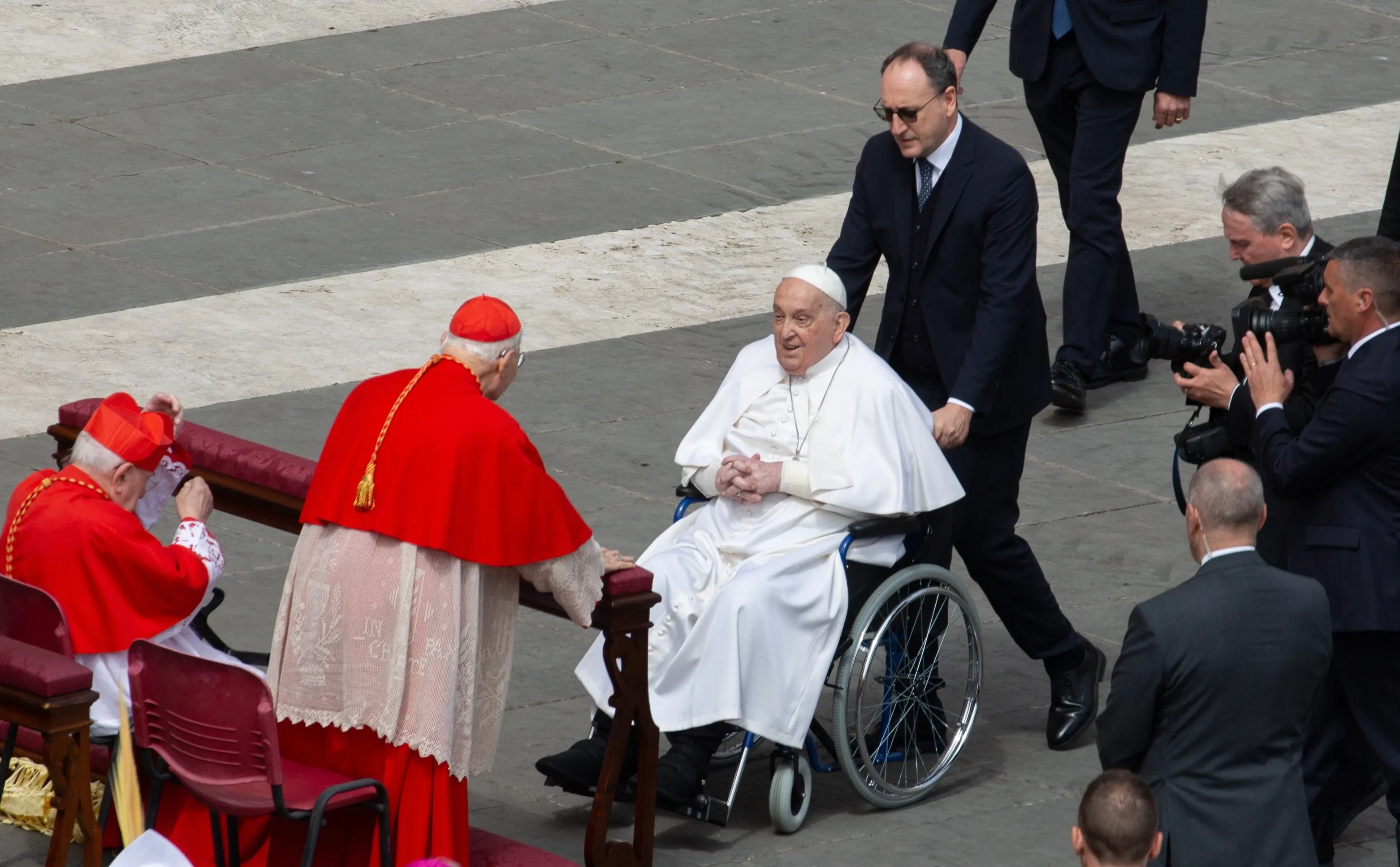This could be the last time Sepe offers the feast day Mass and confirms the miracle of St. Januarius. Pope Francis is expected to soon name a successor to Sepe, who is 77 years old, in what is considered a very important archdiocese for Italy.
Cardinal Sepe has been archbishop of Naples since July 2006.
In his homily at Mass Sept. 19, the archbishop condemned the “virus” of violence and those who take advantage of others through money lending or stealing funds intended for economic recovery in the pandemic’s wake.
“I think of violence, a virus that continues to be practiced with lightness and cruelty, whose roots go beyond the accumulation of social evils that favor its explosion,” he said.
“I think of the danger of interference and pollution of the common and organized underworld, which tries to grab resources for economic recovery, but also tries to hire proselytes through criminal assignments or money lending,” he continued.
(Story continues below)
The cardinal said he thinks also “of the evil sown by those who continue to chase wealth through illegal actions, profiteering, corruption, scams” and he worries about the tragic consequences for those who are unemployed or underemployed and now are in an even more precarious situation.
“After the lockdown we are realizing that nothing is the same as before,” he stated, and encouraged the community to be sober minded in considering the threats, not only of disease, to daily life in Naples.
Sepe also spoke about young people and the hope they can give, lamenting the discouragement young people face when they cannot find work.
“We all know well that [young people] are the real, great resource of Naples and the South, of our communities and our territories that need, like bread, the freshness of their ideas, their enthusiasm, their cleverness, their optimism, their smile,” he encouraged.
Hannah Brockhaus is Catholic News Agency's senior Rome correspondent. She grew up in Omaha, Nebraska, and has a degree in English from Truman State University in Missouri.








